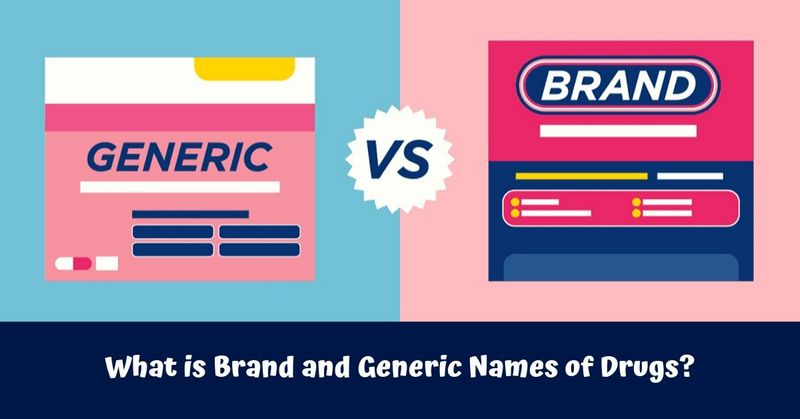Not many people pay attention to what the manufacturer writes on the boxes when purchasing drugs. And this is a big mistake because the manufacturer indicates not only the main name of drug (brand) but also the second name in small print below (international non-proprietary name).
Types of names on drug packaging
- Trade name (brand name) of the medicinal product. We know it and focus on it when buying drugs. This name is the prerogative of the manufacturer’s company and is its property, it is used during the advertising campaign to present the consumer with the exclusivity of this brand;
- International nonproprietary name is given by an authorized committee of the World Health Association. This organization is not privately owned by anyone, but rather becomes common to all medicines with this composition. You can give a lot of examples of how it looks. For example, acetylsalicylic acid has a brand name Aspirin.
Brands and generics: what is the difference?
- Original drug (or branded drugs) are manufactured by a pharmaceutical company, which in turn became the first manufacturer of the drug. When a new drug is created, the company receives patent protection (the term for obtaining a patent lasts about 15-20 years). The production of the drug takes a lot of time and requires impressive funds, which are not always justified. For example, the famous German pharmaceutical concern Bayer still cannot reimburse the money spent on creating and researching a medicine like aspirin (acetylsalicylic acid). The pricing policy of the original medicine is diverse and can reach incredible cash. Even the famous French pharmaceutical company Servier was able to release only 30 brands for 30 years of work;
- Generics are created by a pharmaceutical plant strictly under a license purchased from the creator’s company or in the event of expiration of patent protection. The requirements for research and production of generics are more sparing, and the registration of this drug is easier than the original drug. The plant only needs to provide the registration authority with information about the drug absorption data compared to the original. This is the difference in pricing policy, that is, the generic is much cheaper because a plant that uses ready-made clinical data and does not require extra expenses when researching the drug. To date, the number of registered generics in Canada and the USA reaches very high rates. For example, the drug Viagra has more than 10 generics. And this, of course, is due to the financial factor, which plays a major role since it does not require millions of funds to develop drugs.
Who benefits from generic drugs?
Generics are obviously extremely beneficial. For example, every year the world’s population consumes more than 40,000 tons of acetylsalicylic acid. The question arises – who benefits from this? A consumer who gets the necessary medicine at a low price? A pharmacy industry that benefits from sales? Producers who do not spend money on research but collect a considerable income? Or the inventors of the original who skim the cream in the early years of the drug? The answer to this question is as follows: “A generic is primarily beneficial to the healthcare system, which receives a proven (due to the experience of using the original drug) drug at a relatively low cost, but there is one condition: the state quality control system must ensure full compliance with production technologies of original drug and generics. ”
What should people do when choosing a medicine?
The conclusion is as follows: when choosing a medicinal product, the vital question arises: what to choose — the original drug or its reproduced copy? Do not rush to immediately reject generics. Experts agree: generics are well-studied in terms of efficiency and safety. They optimize the approach to treatment and allow you to get the necessary drug therapy at a minimal cost.


